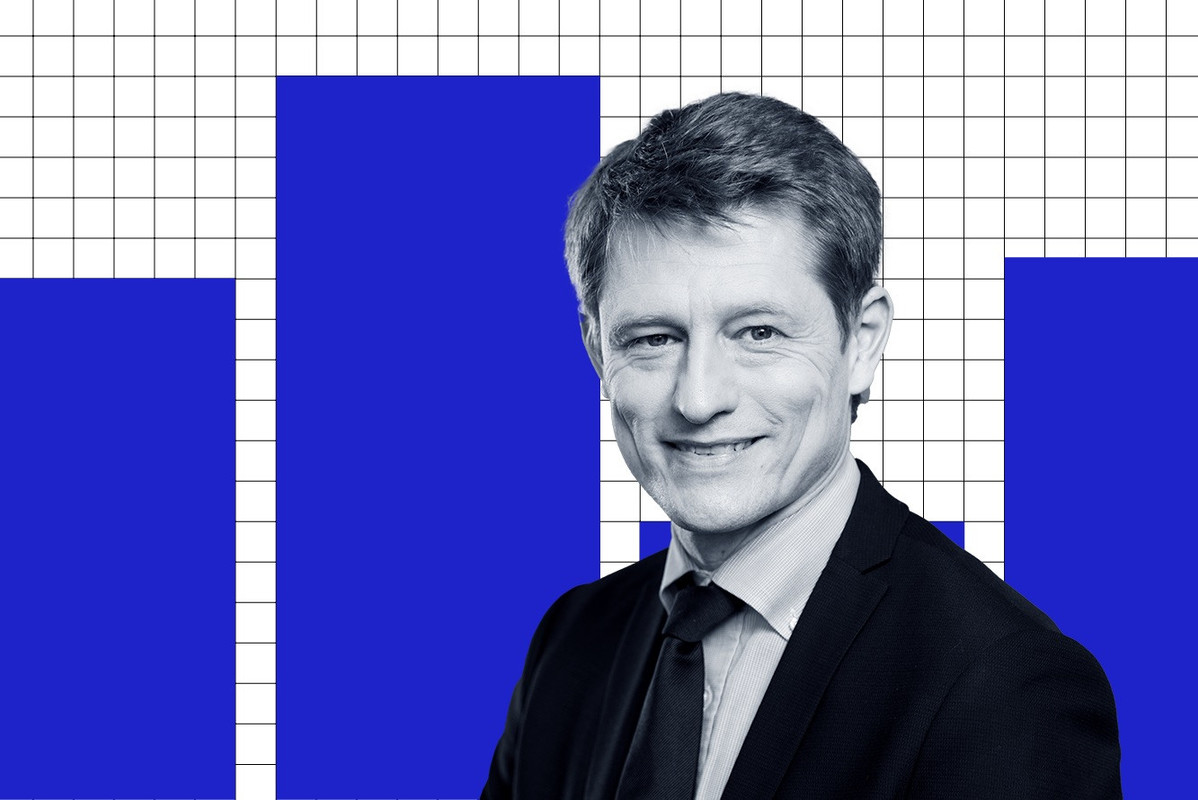This progress nevertheless masks quite marked sectoral and style divergences. Beyond these differences, one notable event should be highlighted and analysed: the stock market breakdown of Europe’s major quality companies.
In the United States, the current drivers of the stock market are the Magnificent Seven or MAG Seven (Apple, Microsoft, Amazon, Alphabet, Meta, Nvidia and Tesla). In Europe, an acronym dating from 2020 refers to the stock market leaders: the Granolas. There are 11 of these European champions, who are also large market capitalisations, characterised by long-term earnings growth, high profitability and solid balance sheets.
While the MAG Seven continue to advance, driven by the artificial intelligence theme, their European counterparts are marking time. While American champions are up 16.4% in dollar terms (as at 15 September), their European counterparts are down 3.5%.
What are the reasons why these fine stocks will be struggling on the stock market in 2025?
One of the reasons for the Granolas’ underperformance has to do with the sector composition of this index. Six of the eleven companies are pharmaceutical companies: GlaxoSmithKline, Roche, Novartis, Sanofi, AstraZeneca and Novo Nordisk. Since the start of the year, the Trump administration has been seeking to reduce the cost of healthcare in the United States and has put pressure on the prices of these companies’ treatments. In addition, these companies are suffering from negative currency effects and some of them, like Novo Nordisk are facing more competition.
The two French luxury companies also present among the Granolas, LVMH and L’Oréal, are suffering from weak consumption in China and more generally from the normalisation of over-consumption following the COVID 19 period (excess savings spent when the economy reopened).
The last three companies in the Granolas index also encountered headwinds. Swiss food company Nestlé has had to deal with a period of inflation, which has changed consumer behaviour, and more recently has suffered from governance difficulties. After two years of strong growth, German enterprise software giant SAP finds itself facing increasing US competition. While the transition to the cloud has been well received by the markets, the company now needs to find a new lease of life to maintain its momentum. Finally, ASML, the Dutch semiconductor manufacturer, retains an undeniable technological advantage, but has been penalised by the growing geopolitical tensions between China and the United States, as well as by the relative caution of some of its customers.
This underperformance by Europe’s top quality stocks has not prevented equity indices from rising in recent months. This is because European investors have been shifting their focus in recent quarters towards more domestic companies, which are less exposed to the difficult international trading environment (customs duties, supply chain disruptions, etc.).
Banking and defence: the new drivers of the European market
Two sectors that had been rather neglected have seen renewed interest and remarkable stock market performances, namely the banking and defence sectors.
Banking stocks have been recovering on the stock market in recent years. In 2025, the momentum has increased, driven by investor optimism in the face of ongoing mergers, a more favourable yield curve and a possible improvement in the regulatory framework. All this is taking place against a backdrop of a slight improvement in the outlook for economic growth, thanks in particular to the German recovery plan. European financial stocks account for 22% of total capitalisation and have contributed to half of the index’s rise this year.
The defence sector, for its part, is benefiting from the high visibility of order books, linked to a deteriorated geopolitical environment. At the end of June in The Hague, NATO’s 32 member states sealed an historic agreement to increase defence and security spending to 5% of GDP by 2035. It is worth remembering that the current spending target is 2% of GDP, and that not all countries are meeting it. By 2025, the MSCI Europe index dedicated to defence stocks will have risen by 85%. On 20 June, the German group Rheinmetall replaced the French luxury goods group Kering in the Euro Stoxx 50 index.
This significant difference between the major growth stocks and sectors that have historically been considered cyclical is also reflected in the divergences in geographical performance. The Swiss SMI index clearly underperformed the Spanish IBEX and the Italian MIB. This year, southern European banking stocks are performing much better on the stock market than the fine Swiss defensive stocks.
At the start of the year, the valuation of some quality companies was perhaps a little high, making their share prices more sensitive to disappointment. In the longer term, however, their solid fundamentals should enable them to achieve high earnings growth, probably outstripping that of their benchmark indices. As Warren Buffet said, “It is better to buy an extraordinary company at an ordinary price than an ordinary company at an extraordinary price”.
The trends observed in 2025 once again demonstrate the need for portfolio diversification and regular analysis. This need, already well known in Europe, will probably be a theme to consider in the future across the Atlantic, where the level of market concentration is even greater (the Magnificent Seven alone accounting for almost a third of the S&P 500.
Portfolio management requires patience and discipline. The coming months could offer good opportunities to buy or strengthen large European quality stocks.
This article was originally published in .

